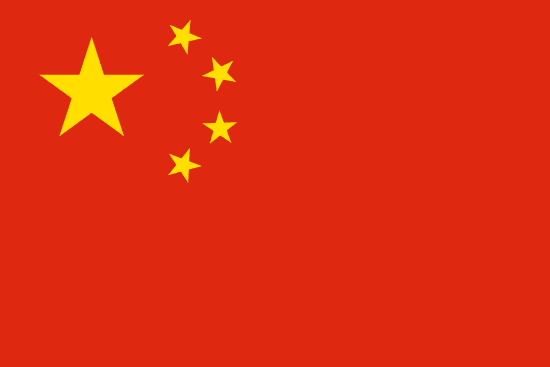"沈阳,历史文化名城 | Shenyang, a city famous for its history and culture"
About:
Shenyang, the largest city in Northeast China, has a history dating back over 2,000 years. It served as the capital of the Qing Dynasty from 1625 to 1644, a period marked by significant architectural developments. Shenyang was a major industrial center during the first half of the 20th century, especially under Japanese occupation. Post-WWII, it became a hub for China's heavy industry. Today, while still maintaining its industrial status, Shenyang is diversifying its economy, with growing sectors in finance, culture, and tourism.
When to visit:
Shenyang, a vibrant city in northeastern China, experiences four distinct seasons throughout the year. The ideal time to visit Shenyang is during the autumn months of September to November when the weather is mild and comfortable. This time of year offers pleasant temperatures, clear skies, and beautiful autumn foliage, making it perfect for exploring the city's historical sites and cultural attractions. Additionally, Shenyang hosts various festivals and events during the autumn season, providing visitors with a unique opportunity to immerse themselves in the local culture and traditions.
When to avoid:
The worst time to travel to Shenyang, China on a holiday is during the winter months of December to February. Shenyang experiences harsh winter weather with extremely low temperatures, strong winds, and heavy snowfall during this time. The city may also suffer from air pollution, further impacting the travel experience. Tourist attractions and outdoor activities are limited during the winter season, making it less enjoyable for visitors. It is recommended to avoid traveling to Shenyang during this period and consider visiting during the more pleasant spring or autumn months for a better experience.
"Winter Season (Dec-Feb)"
Shenyang's coldest period falls between December and February, with January being the chilliest month. Average temperatures range from -16°C to -7°C. Snowfall is common, often contributing to the overall precipitation of 8mm in January. Days are short with approximately 6 hours of daylight, and cloud cover is high, reducing the chances of sunshine. Visitors can expect indoor activities to dominate, with outdoor exploration limited to the braver souls. Dressing warmly is essential, with heavy coats, hats, scarves, and gloves a necessity.
"Shenyang Summer (June–August)"
The warmest part of the year in Shenyang, China is from June to August, which is the city's summer season. The average high temperatures during this time range from 27°C (80°F) to 30°C (86°F). The summer months also experience the most rainfall with an average precipitation of about 90-200mm per month, with July typically being the wettest month.
The humidity during this period is relatively high, often exceeding 70%, which can make the heat feel more intense. The city is usually partly cloudy, but there are still approximately 6-7 hours of sunlight per day, allowing for plenty of daylight to explore.
A typical day for a visitor during this time would be warm and humid. Mornings often start with a mix of sun and clouds, with chances of afternoon showers or thunderstorms due to the high humidity. Despite the occasional rain, the weather is generally suitable for outdoor activities. However, it's advisable to carry an umbrella or raincoat and stay hydrated due to the heat and humidity.
Language:
Mandarin Chinese is the most commonly spoken language in Shenyang, specifically the Northeastern Mandarin dialect. This dialect, also known as Dongbei Hua, is used widely in the Liaoning province where Shenyang is located. In addition to Mandarin, some residents may also speak the Manchu language, although it is less common. English is also taught in schools, but it's not widely spoken in daily life.




